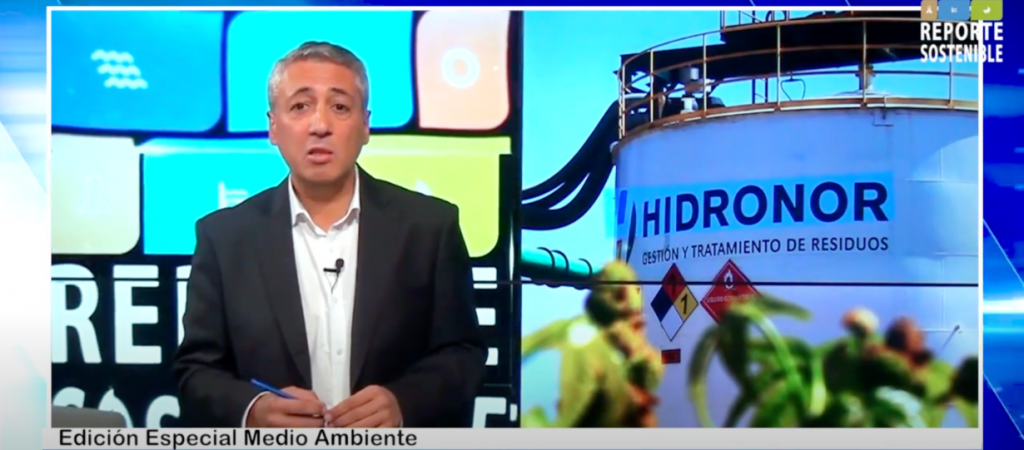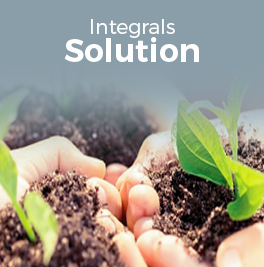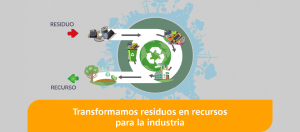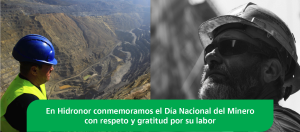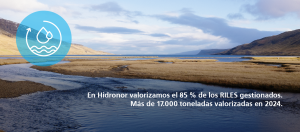
Our country currently generates 23 million tons of waste annually, divided into three types: 13 million non-hazardous industrial waste, 8 million household waste and 0.62 million hazardous industrial waste.
Faced with these alarming figures, as a company we remain in the constant search for the best alternatives to deliver safe environmental solutions for the revaluation and treatment of waste, thus contributing to the care of the environment and the sustainable development of Chile.
We have services that contribute to the circular economy of the country, highlighting -among others- the recovery of waste, thanks to which we can generate liquid (CAL) and solid (CAS) alternative fuel, product of the industrial waste generated. With this we help reduce the amount of waste that is disposed of for final disposal, transforming it into products that are a source of value for other industries.
Daniela Mancilla, Business Engineer of the Hidronor Center area, explained to Sustainable Report how we generate these valuable products, using RILs (Liquid Industrial Waste) that have calorific value, such as discarded oils and lubricants, solvents, paints, among others.
"Chile generates approximately 200,000 tons of this waste with calorific value per year, and at Hidronor we generate these CAL through their treatments and co-processing, which we designate mainly to cement companies as a replacement for fossil fuels to be used in their ovens”, highlighted the executive.
However, we have a specialized team of engineers dedicated to the development of new projects related to recycling and the revaluation of different types of waste. We are currently working on the development of CAS generation based on solid waste with calorific value.
“We are specifically talking about paper, cardboard, plastic, oil filters or wood that we receive at our facilities and that are contaminated with hydrocarbons or solvents. Once separated, we proceed to crush them to a specific size requested by the final consumer (cement companies), which are then used for burning in kilns as an alternative fuel, thus reducing the carbon footprint and environmental emissions. environment," adds Mancilla.
Are you interested in learning about this topic in more detail? Review the interview conducted by Sustainable Report with our executive, here.

